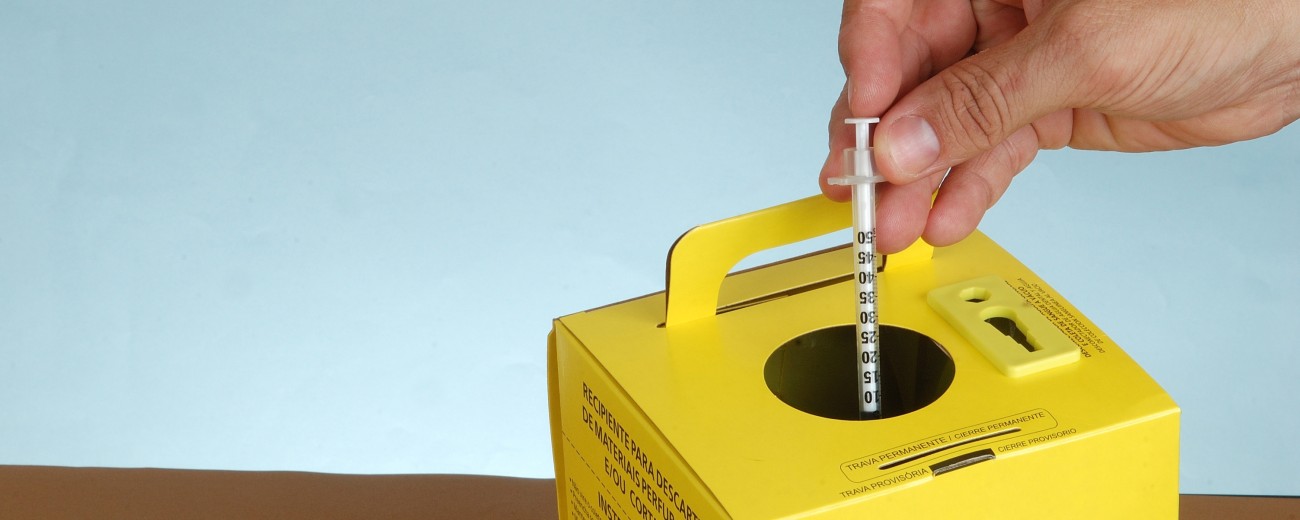Removing the risk of needlestick injury

Needlestick injury has hit the headlines again this week in Adelaide, with the story of a little girl pricked by a used needle protruding from a sharps container in a service station toilet. Every parent’s nightmare.
What is so scary about this particular incident was that the needle was dispensed of in a provided sharps container and it still failed to prevent the injury.
Her mother, Simone Percy, has launched a petition with www.change.org to the Health Minister Hon Peter Malinauskas, to have sharps containers better mandated, better signed and better managed across the South Australia. In the process she has uncovered that there is largely no regulations or mandates in place in Australia for the disposal of used needles. Australia is not alone in this lapse. While this might have some impact, there is a better solution.
While steps toward such regulation should be encouraged and applauded, there is a better solution which will prevent most needle stick injuries from occurring at all.
Retractable Safety Syringe technology is sophisticated, is currently used in many settings across the world, meets international medical device safety standards, and due to the fact that the needle is retracted into the barrel after use, prevents needle re-use and the chance of needlestick injury upon disposal of the needle.
Mandating the use of this technology presents a very viable and realistic way of preventing needle reuse, needlestick injury and the spread of blood borne pathogens.
Recently the World Health Organisation (WHO) stated that by 2020 they want every hospital and clinic to use only “smart syringes” that are designed so they reduce the risk of needlestick injury and can’t be used more than once. They rightly claim that the use of these sorts of safety syringes would reduce the spread of blood-borne diseases.
The statistics are frightening. Somewhere in the world every 60 seconds of every day six people suffer a needlestick injury and three people die as a result of needlestick injuries. Australia is not immune. It is estimated that in Australia there are 30 needlestick injuries per 100 hospital beds per year and that at least 18,000 Australian healthcare professionals suffer from needlestick injuries per year. These statistics only refer to health care workers. They do not include injuries to the general public, like Simone Percy’s daughter, or other professionals at direct risk including fire-fighters; law-enforcement professionals; waste and rubbish management professionals and others.
This simply does not need to happen. This technology can assist in reducing the incidence of needlestick injury significantly. South Australia (and Australia) should perhaps consider mandating the use of safety syringes in the healthcare sector and wider community and follow the lad provided by other countries such as the USA, EU, Korea, and Puerto Rico. This way fixed needle syringes can be gradually removed from the community.
Thankfully in this instance, after three traumatic months of testing, it seems that this little girl has not contracted any of the known blood borne pathogens that cause illnesses like HIV, Hepatitis A, B and C. However, surely preventing a problem if the technology and resources are available is always a better option than trying to treat it after the damage has been done.
Subscribe to Numedico News.




